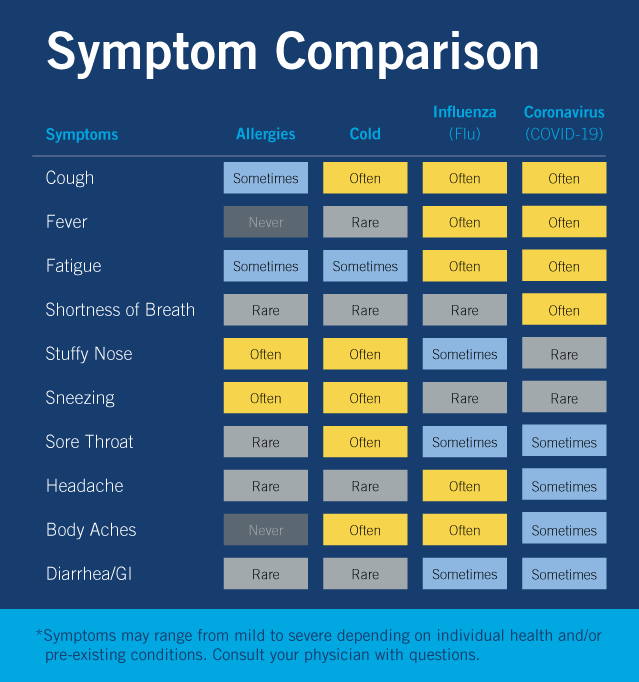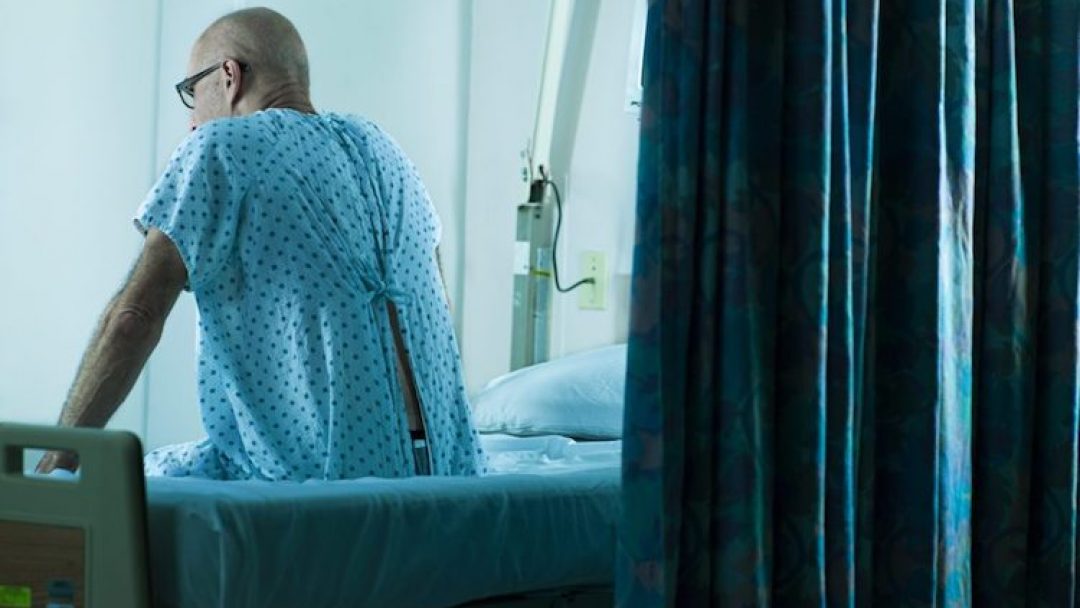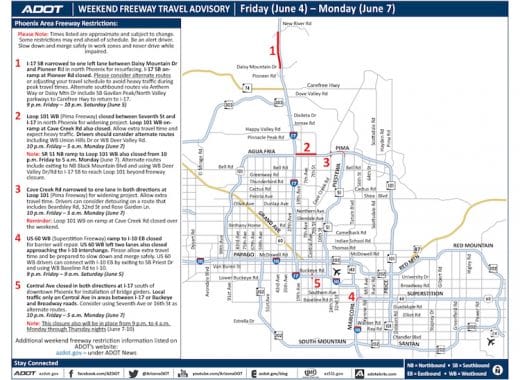If you are not feeling well, and you’re afraid you might be infected with the new coronavirus disease, COVID-19 it is urgent that you stay home and isolate yourself from others. Given that the United States is now beginning to test widely for the disease, and more cases are popping up, your hunch might be a reasonable suspicion. Several states and cities have now imposed more severe measures like lockdowns and stay-at-home-orders to contain the virus.
But cases of COVID-19 are following an exponential growth trajectory in the US. That means that the number of infections is rising rapidly in proportion to the number of people infected. You may have been exposed if you have traveled to a region with novel coronavirus transmission or if you’ve been in close contact with someone who has COVID-19, something that’s becoming harder to avoid without social distancing. Some people spreading the virus may not show any symptoms at all.
Here are some signs you may have the illness:
The World Health Organization, based on its research in China, reports the illness can present in different ways, ranging from no symptoms at all to severe pneumonia.
Some symptoms are more frequently seen than others. Based on confirmed cases, the WHO says 88 percent of infected people experienced a fever and 67.7 percent had a dry cough. Less frequent symptoms include thick mucus from coughs (33.4 percent), shortness of breath (18.6 percent), sore throat (13.9 percent), and headache (13.6 percent).
“Covid-19 disease usually begins with mild fever, dry cough, sore throat and malaise,” writes Megan Murray, a professor of epidemiology at Harvard Medical School, in an FAQ for the Abundance Foundation. “Unlike the coronavirus infections that cause the common cold, it is not usually associated with a runny nose.”
These symptoms emerge five or six days after infection on average but can show up in as little as a day or as much as two weeks after exposure.
The following symptoms, reported in certain research, have not been confirmed as common by the WHO or the Centers for Disease Control and Prevention:
- A recent, yet-to-be-published German study found that some COVID-19 patients can present with the symptoms of an upper respiratory tract infection, similar to the common cold: runny nose, congestion, and sneezing. (The study involved a very small number of patients, however.)
- In a study of 204 COVID-19 patients, researchers in China found that half of patients experienced gastrointestinal symptoms, including diarrhea, vomiting, and abdominal pain.
- There are some reports of other symptoms among people with infections. The American Academy of Ophthalmology reported that COVID-19 can present as conjunctivitis, causing red or pink, itchy eyes. The British Rhinological Society also noted in a letter that evidence is mounting that COVID-19 can lead to anosmia, a loss of the sense of smell, even in patients who show no other symptoms.
- “We don’t have the answer to that yet, although there’s quite a bit of interest in this online,” Maria Van Kerkhove, the COVID-19 technical lead at the World Health Organization said on loss of smell, according to the Washington Post.

What should you do if you are experiencing symptoms?
Seek immediate medical attention if you have significant trouble breathing or emergency warning signs.
People with symptoms in one of the high-risk groups — those who are over 60 years old; have diabetes, hypertension, or preexisting breathing problems; or are being treated for cancer — should quickly seek medical advice or treatment. Call your health care provider before heading to a clinic if you suspect you may have COVID-19. That way, the clinic can take appropriate precautions for your visit.
If you’re not in a high-risk group and have mild or severe symptoms, you should also call a health professional — a doctor, a nurse, or a public health official. They will work with your local health department and figure out whether you need to get tested or get treatment. And make no mistake: While older people face the highest risks, all age groups can get sick from COVID-19, so everyone needs to take precautions and pay attention to their symptoms.
Doctors and health officials advise not to go to the emergency room if your symptoms do not appear to be life-threatening.
Also, don’t panic. Most people who get infected get better, often on their own with just rest, fluids, and fever medication. If you are advised to stay home, there are several other measures you should take, according to the CDC.
The most important step is to avoid exposing other people to the illness, especially in the early stages of symptoms, when the disease is most contagious. That means staying home from school or work and especially the grocery store, avoiding public transit or ride shares, and separating yourself from the people and animals in your home. It also means avoiding sharing household items like towels, dishes, and bedding.
Cover your coughs and sneezes with a tissue over your mouth and nose and throw the tissue away. Wash your hands often with soap and water for at least 20 seconds. Clean the surfaces in your home that you come into contact with regularly, like counters, doorknobs, bedside tables, keyboards, refrigerator and microwave handles and smartphones. “It is possible that some of the viral particles … end up on surfaces (door handles, subway poles, coins) where they might remain viable,” Murray writes.
If it is absolutely vital that you must leave quarantine, wear a surgical face mask to avoid spreading the virus — if you’re sick. Health officials say that masks do little to protect the wearer if they aren’t infected. Officials are also urging the public not to buy N95 masks because they are needed by health workers and are in short supply.
Pay close attention to your symptoms. Call your health care provider if your symptoms get worse. If you have a health emergency and need to call 911, let the dispatcher know that you may have COVID-19 so responders can prepare.
These steps may seem tedious but remember that they serve to protect not just you but also the people around you. Controlling an outbreak is everyone’s job.
Remember to wash your hands and take part in social distancing!








